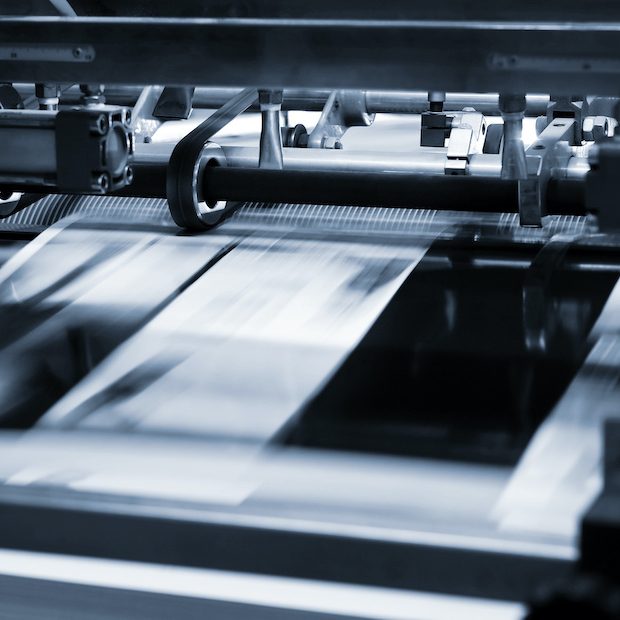HISTORICALLY SPEAKING
From the Allentown Messenger dated April 4, 1957, an elementary primer of random facts on the history of Allentown and Upper Freehold. This is the first in a two-part series.
Allentown, one of the oldest towns in New Jersey was settled about 1705 when Nathan Allen of Shrewsbury, purchased from Robert Burnet, his father-in-law and one of the proprietors of New Jersey, a tract of land containing one hundred and ten acres, being on the Doctors Creek and on both sides of York road in Upper Freehold township. Here he settled and built a grist mill. Around this mill there was soon a blacksmiths shop, a tavern and a few houses which became the village of Allentown. In 1709 when the Provincial Assembly divided the colony into four counties, Allentown was one of the four villages in Monmouth County which at the time included all of Ocean County, as well as parts of Burlington, Mercer and Hunterdon Counties.
John Lawrence, assessor of Upper Freehold reported in 1731 that there were 128 land owners paying taxes on 22,455 acres of land in Upper Freehold Township. He also made the following interesting comment. "We have no water craft, nor furnaces, nor forges, nor bloomeries, nor glasshouses, nor stills that still molasses, nor ferries, nor brew-houses, nor coaches, chariots, nor chaises and four wheels in Upper Freehold."
Imlaystown occupies part of a large tract of land, which was patented by John Baker in 1690. Mr. Baker died soon after and the site passed to Richard Salter Sr., who built a mill there before 1700 [and whose son-in-law Mordecai Lincoln was the ancestor of the former President.]
The Allentown post office was established on Jan. 1, 1796 with Samuel Quay as the first postmaster, being one of the first in the state. Five years earlier there were but six post offices in N.J., being in the larger towns Newark, Elizabeth, Bridgetown (now Rahway), New Brunswick, Princeton and Trenton.
Allentown has had remarkable honors in its representation in state and national offices. David Brearley, first [actually second] Chief Justice of the state of New Jersey (1782-1790) was a resident of Allentown [during the Revolution and signer of the U. S. Constitution]. James H. Imlay served in Congress four years; Samuel Cox, four years; Dr. George Holcombe, twelve years; Dr. William A. Newell, six years and George Middleton [an Underground Railroad stationmaster], two years. Dr. William A. Newell was also governor of the state and later governor of Washington territory [as well as the founder of the U. S. Coast Guard]. Dr. George F. Fort, a practicing physician in Imlaystown around 1830, was elected governor of New Jersey in 1851.
Molly Pitcher, famed heroine of the battle of Monmouth is reputed to have been the daughter of John Hanna of Allentown [there exists some circumstantial evidence to support this claim]. History was made on the night of January 2, 1777 when Jinnie [nee English] Jackson, an Allentown girl, led part of Washington’s army from Trenton to Princeton on the eve of the battle of Princeton. Dressed in a militiaman’s uniform and riding a horse she guided them over back roads and through the woods, evading the British sentries. She later [re]married and moved to Pennsylvania. Her parents [more likely her in-laws], James and Mary Jackson are buried in the Presbyterian Cemetery.
The first Presbyterian Church to be built "on the hill" was erected in 1756. On December 15, 1744, William Lawrence, who operated a saw mill on Saw Mill Road, (now High Street) for the sum of five shillings, conveyed to Robert Imlay and Tobias Polhemus, one acre of land for the use of the Presbyterian congregation. This small brick edifice served the needs of the people until 1834 when the present church was built. The bricks in the old building, later incorporated in the new church, were made locally by John Henry, brickmaker [on the west side of Old York Road, north of the I-195], who at the same time furnished the bricks for the early buildings of the College of New Jersey (Princeton), Nassau Hall being erected in 1757.
The Perseverance Fire Company was organized in Allentown on November 23, 1818. Fifty-one men of the village met at the hotel, then operated by William Arnold, for the purpose of organization. Each man was to provide himself with a fire bucket. Ladders, fire hooks and hand engine were purchased in Philadelphia and an "engine house" built on the south side of Main Street [the ladder’s shed still exists, behind the Annex on Church Street]. Hope Fire Company was organized in 1850. About 1885 the old Perseverance passed out of existence, Hope taking over and continuing until the present time. Well equipped, well trained, with a membership of 60, it is considered one of the best volunteer companies in the state.
The Methodist Church of Allentown has a history dating back more than one hundred and fifty years. The first sermon preached in this vicinity was delivered by David M. Bartine in the home of Frederick Miller. It was the regular preaching place for a time between 1790 and 1795. In 1810 John Dickson, John Imlay Jr., Samuel Lanning, Anthony Borden, Edward Page and Samuel Robbins formed an organization according to law. About that time a church was built, after which there was regular preaching, the first settled preacher being the Rev. Charles Pitman (from the Allentown Industry, May 20, 1880). The present edifice was erected in 1859.
Historically Speaking is a regular feature presented by John Fabiano, president of the Allentown-Upper Freehold Historical Society. For information about the historical society, call (609) 259-9127 or send e-mail to [email protected]

